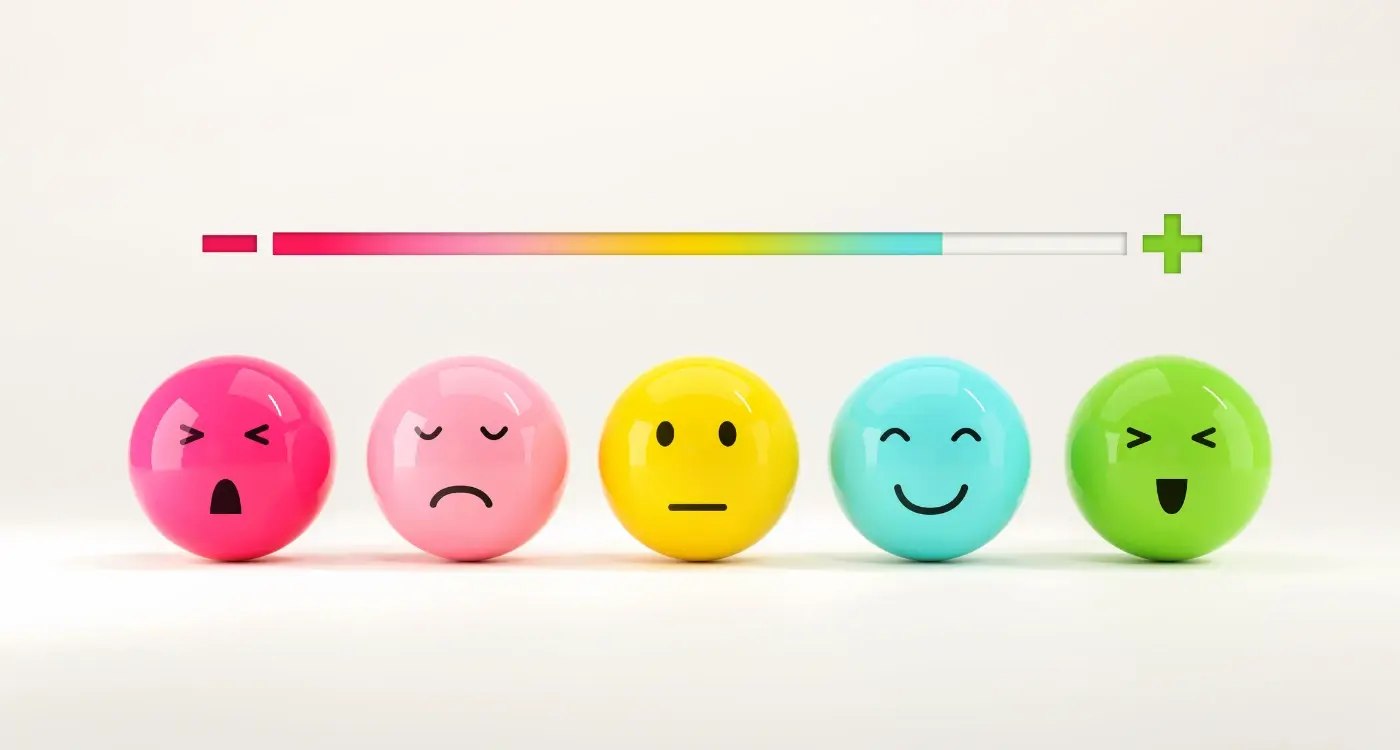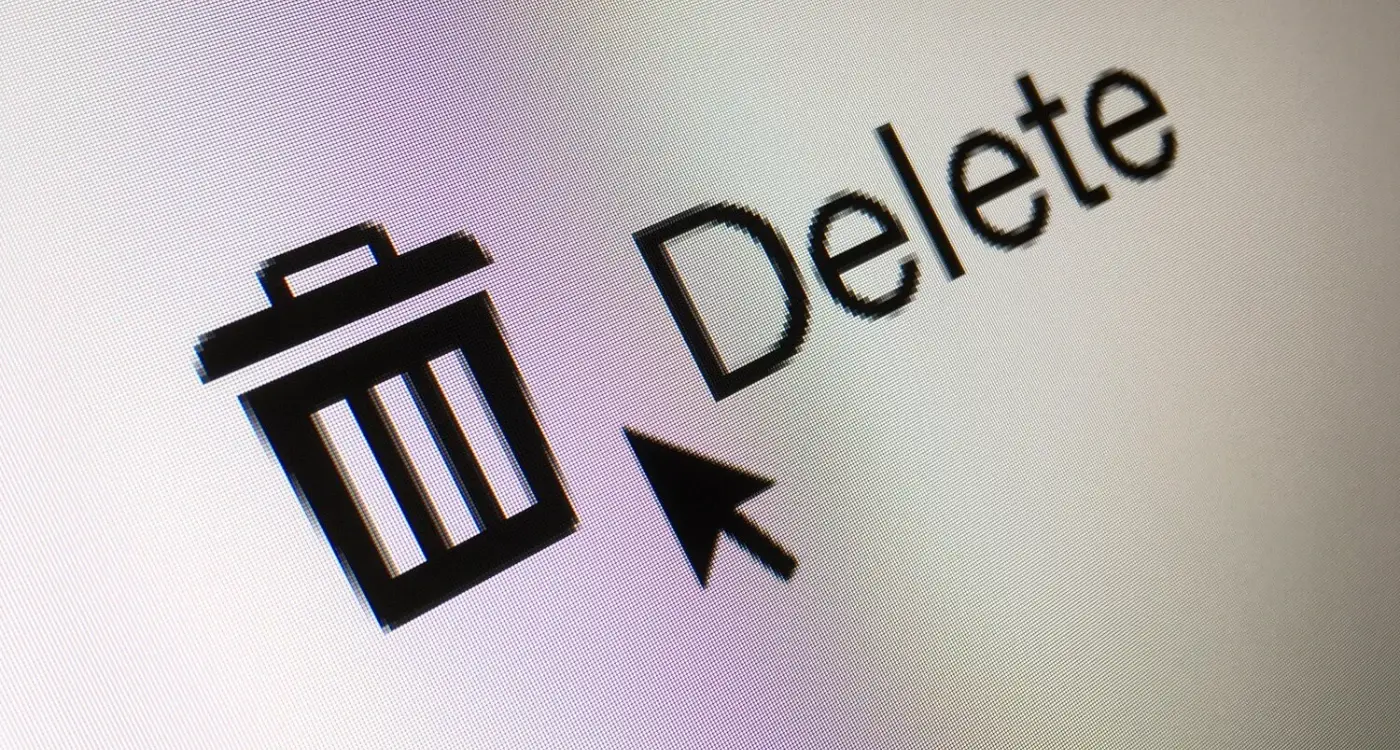What Makes Users Share Apps with Their Friends?
You've built a brilliant app, poured months of work into getting the user experience just right, and launched with high hopes. The downloads trickle in slowly. Then they stop altogether. Sound familiar? This scenario plays out thousands of times each year, and it's not because the apps are rubbish—it's because their creators missed something fundamental about how apps actually spread.
After eight years building apps for everyone from scrappy startups to massive corporations, I can tell you that the most successful apps aren't necessarily the ones with the biggest marketing budgets. They're the ones that get people talking. Word of mouth marketing remains the most powerful force in app growth, but here's the thing—it doesn't happen by accident.
Users don't share apps randomly. They don't wake up thinking "I wonder what app I should recommend today?" There are specific psychological triggers, social dynamics, and design decisions that make someone pull out their phone and say "You've got to try this app." Understanding these triggers is what separates apps that struggle to grow from those that spread like wildfire through social networks.
The best app viral marketing doesn't feel like marketing at all—it feels like a friend doing you a favour by sharing something genuinely useful.
User referrals and app sharing behaviour follow predictable patterns once you know what to look for. The apps that master this don't just grow faster—they grow with higher-quality users who stick around longer and engage more deeply. That's because when someone recommends an app to a mate, they're essentially pre-qualifying that user and setting expectations about what makes it worth their time.
The Psychology Behind App Sharing
Here's the thing about app sharing—its not really about the app at all. It's about what sharing that app says about the person doing the sharing. After years of building apps, I've noticed that people share apps for three main reasons: they want to look helpful, they want to appear knowledgeable, or they're genuinely excited about something that made their life better.
The helper instinct runs deep. When someone shares an app that solves a problem, they're positioning themselves as the person who has answers. I've seen this play out countless times; someone discovers a budgeting app that actually works, and suddenly they're sharing it with everyone who mentions money troubles. They're not just sharing an app—they're sharing their identity as someone who's got their finances sorted.
The Status Element
Then there's the status angle, which is honestly more powerful than most people realise. Sharing certain apps becomes a way to signal membership in a particular group. Think about how people shared meditation apps during the wellness boom, or how early adopters shared new productivity tools. It wasn't just about the functionality; it was about being seen as someone who's ahead of the curve.
Emotional Triggers
But the strongest driver? Pure emotion. When an app genuinely delights someone—maybe it helps them reconnect with old friends or makes a tedious task actually enjoyable—they share it because they want others to feel that same positive emotion. These are the shares that convert best because they come with authentic enthusiasm.
The apps that get shared most understand this psychology and design their experience around these motivations rather than just asking people to "tell your friends."
What Creates Shareable Moments
After building apps for years, I've noticed something interesting about the ones that spread like wildfire—they all create what I call "shareable moments." These aren't planned marketing campaigns or fancy referral schemes. They're genuine moments when users feel compelled to tell someone else about what just happened.
The best shareable moments happen when your app helps users achieve something they're genuinely proud of. Think about fitness apps that celebrate personal records, or productivity apps that show you've completed a major milestone. Users don't just feel good—they want others to know about their success. Its human nature, really.
But here's the thing; the moment has to feel authentic. I've seen too many apps try to manufacture these experiences with fake achievements or meaningless badges. Users can spot this stuff a mile away, and it actually makes them less likely to share anything at all.
The most effective shareable moments often involve transformation or discovery. When someone learns something surprising, saves money they didn't expect to save, or solves a problem they've been struggling with—that's when they reach for their phone to tell someone about it. The key is making sure your app is genuinely helping people, not just pretending to help them.
Create sharing moments around genuine user achievements, not artificial milestones. Real accomplishments generate authentic excitement that users naturally want to share.
Visual elements play a huge role here too. Apps that create beautiful, shareable content—like before and after photos, progress charts, or achievement graphics—make it easy for users to show off their results. The sharing becomes effortless because the app has already done the hard work of making the moment look good.
Social features can make or break an app's sharing potential. I've seen apps with brilliant core functionality struggle to gain traction simply because they felt isolated—users had no way to connect with others or show off what they were doing.
The most effective social features aren't just bolted on as an afterthought. They're woven into the app's DNA from day one. Take fitness apps, for example. The ones that succeed don't just track your runs; they let you share your routes, compete with friends, and celebrate milestones together. That social layer transforms a personal activity into a shared experience.
Built-in Sharing Mechanisms
Your app needs to make sharing feel natural, not forced. I always tell clients that the share button shouldn't feel like work—it should feel like showing off something cool you just discovered. The best apps create what I call "share-worthy moments" where users genuinely want to show others what they've achieved or found.
But here's the thing that catches many developers off guard: social features need to add value even for users who don't want to share. If your social features only work when everyone participates, you're limiting your app's appeal. I've learned this the hard way with a few projects over the years!
Community Building Elements
Comments, likes, and user-generated content can turn your app into a destination rather than just a tool. When people start conversations within your app, they become invested in the community you've built. That emotional investment is what transforms casual users into passionate advocates who can't help but tell their friends about this "amazing app they found."
The key is balance. Too few social features and your app feels lonely; too many and it becomes overwhelming. Finding that sweet spot takes testing and real user feedback—not just assumptions about what people want.
Timing and Context Matter
I've noticed something interesting over the years—people don't just share apps randomly. There's always a trigger moment, something that makes them think "my mate would love this right now." Understanding when and why these moments happen is absolutely key to viral marketing success.
The best app sharing happens when there's perfect timing alignment. Your user discovers something useful or entertaining at exactly the moment they know someone who needs it. I've seen fitness apps get shared like wildfire in January (obviously), but also during wedding season when friends are getting in shape together. Dating apps spread fastest after big social events when people are feeling either loved up or completely single.
Context matters just as much as timing though. Apps that solve immediate problems get shared in the heat of the moment—think splitting bills at dinner or finding the nearest parking space. But apps that create ongoing value get shared during quieter moments when people are genuinely trying to help their friends.
The most successful viral moments happen when users feel like heroes for sharing your app with exactly the right person at exactly the right time
You can't control timing completely, but you can design for it. Smart push notifications that remind users about sharing opportunities work well—but only if they're contextually relevant. A meditation app suggesting you "share the calm" during stressful news cycles? That's good timing. The same message on a Friday night? Not so much.
The apps that understand their users' rhythms and life patterns always outperform those that treat sharing as a constant, generic opportunity. Sometimes the best viral marketing strategy is simply being there at the right moment with the right solution.
Incentives That Actually Work
Right, let's talk about incentives—because honestly, most apps get this completely wrong. I've seen countless apps offering generic points or badges that nobody cares about. It's a bit mad really, because the best sharing incentives aren't actually about rewards at all; they're about making the user look good to their friends.
The most powerful incentive is social currency. When someone shares your app, they want to appear smart, helpful, or in-the-know. Take Spotify Wrapped—people share it because it makes them look like they have great taste in music. Nobody gets points or discounts for sharing it, but millions do it anyway because its a reflection of their personality.
But here's the thing—if you are going to use traditional incentives, make them meaningful to both the sharer and the recipient. Dropbox nailed this by giving extra storage space to both parties. Both people got something they actually wanted from the product itself, not some random reward that had nothing to do with file storage.
Making Incentives Feel Natural
The key is making the incentive feel like a natural part of using your app, not a desperate plea for shares. I always tell clients to think about what their users would genuinely want more of—if you're a fitness app, maybe its premium features or personal training sessions. If you're a food delivery app, maybe it's free delivery credits.
One approach that works really well is progressive rewards. Start small—maybe £2 off their next order—then increase the value as they share more. This creates momentum and makes people feel like they're building towards something worthwhile rather than just collecting meaningless points.
Building Trust and Credibility
Nobody shares apps they don't trust. It's that simple, really. When someone recommends an app to their mate, they're putting their own reputation on the line—and people know this instinctively.
I've seen apps with incredible functionality fail to spread simply because users weren't confident about sharing them. Maybe the app asked for too many permissions upfront, or the privacy policy was buried somewhere users couldn't find it. Trust issues kill word of mouth marketing faster than anything else.
The Permission Problem
Here's something I've learned the hard way: users will share apps that respect their boundaries. When your app requests camera access before explaining why it needs it, you're basically asking users to vouch for something they don't understand. That's not happening.
The apps that spread organically are transparent about what they do and why. They explain their permissions in plain English—none of this "to provide you with a better experience" nonsense. Users want to know exactly why the app needs access to their photos or contacts.
Social Proof Works
Reviews and ratings aren't just for app store rankings; they're trust signals that directly impact sharing behaviour. People check reviews before they share, not just before they download. A few negative reviews about privacy concerns or dodgy permissions can completely stop organic sharing.
Always explain why you need permissions before requesting them, and give users the option to skip non-essential features if they'd prefer not to grant certain permissions.
User referrals happen when people feel confident they're sharing something worthwhile. Build that confidence through transparency, clear communication, and proving your app's value before asking for anything sensitive. Trust takes time to build but seconds to destroy.
- Be transparent about data collection and usage
- Explain permissions in simple terms before requesting them
- Respond to user reviews, especially negative ones
- Display security badges and certifications prominently
- Make your privacy policy easy to find and understand
Common Mistakes That Kill Sharing
After building hundreds of apps and watching some succeed while others crash and burn, I've seen the same sharing mistakes crop up time and time again. The biggest one? Making sharing feel like work. I mean, if users have to jump through hoops just to tell their mates about your app, they simply won't bother.
One classic mistake is the "share everything" approach—bombarding users with share prompts for every tiny action they take. Open the app? Share popup. Complete a level? Another popup. It's bloody annoying, honestly. Users develop popup blindness faster than you'd think, and worse, they start associating your app with being pestered.
Timing Is Everything
I've seen apps ask users to share before they've even experienced any value. That's like asking someone to recommend a restaurant before they've tasted the food. Wait until users have had that "wow" moment—completed their first workout, saved money, or achieved something meaningful in your app.
Another killer mistake is making the sharing process too complicated. If it takes more than two taps to share, you've lost most people. And don't get me started on apps that require users to create accounts just to share something basic. The friction kills the impulse.
Generic Content Falls Flat
Generic sharing messages are useless. "Check out this great app!" tells people nothing. The best sharing happens when the content is personal and specific—"I just ran 5K in 23 minutes using this app" is infinitely more compelling. Your app should help users create these personalised sharing moments, not force them to write everything from scratch. Make it easy, make it personal, and make it worth their while to hit that share button.
Conclusion
Getting users to share your app with their friends isn't about clever marketing tricks or massive incentive programmes—it's about creating something genuinely worth talking about. After years of building apps and watching some spread like wildfire while others disappeared into obscurity, I can tell you the difference usually comes down to one simple thing: does your app make people feel good about themselves when they use it?
The best viral apps I've worked on have all shared this common trait—they solve a real problem in a way that makes users look smart, helpful, or thoughtful when they share it. Whether its a productivity app that saves hours of work, a photo editor that makes ordinary pictures look professional, or a game that brings friends together, these apps naturally create moments where sharing feels like doing someone a favour.
But here's what really matters—and this might sound obvious but you'd be surprised how many clients miss this—your app needs to work brilliantly before anyone will recommend it. I've seen too many apps focus on referral programmes and social features whilst the core experience remains buggy or confusing. Users don't share broken things, no matter how good the incentives are.
The most successful app viral marketing happens when you stop trying to force it. Focus on building something that genuinely improves people's lives, make it ridiculously easy to use, and create natural moments where sharing adds value for both the sender and receiver. When you get that balance right, word of mouth marketing becomes less about campaign tactics and more about giving users a reason to feel excited about what they've discovered. That's when real app sharing behaviour kicks in.
Share this
Subscribe To Our Learning Centre
You May Also Like
These Related Guides

How Do You Ensure Successful User Adoption for Business Apps?

What Emotional Triggers Make Users Rate Apps Positively?



